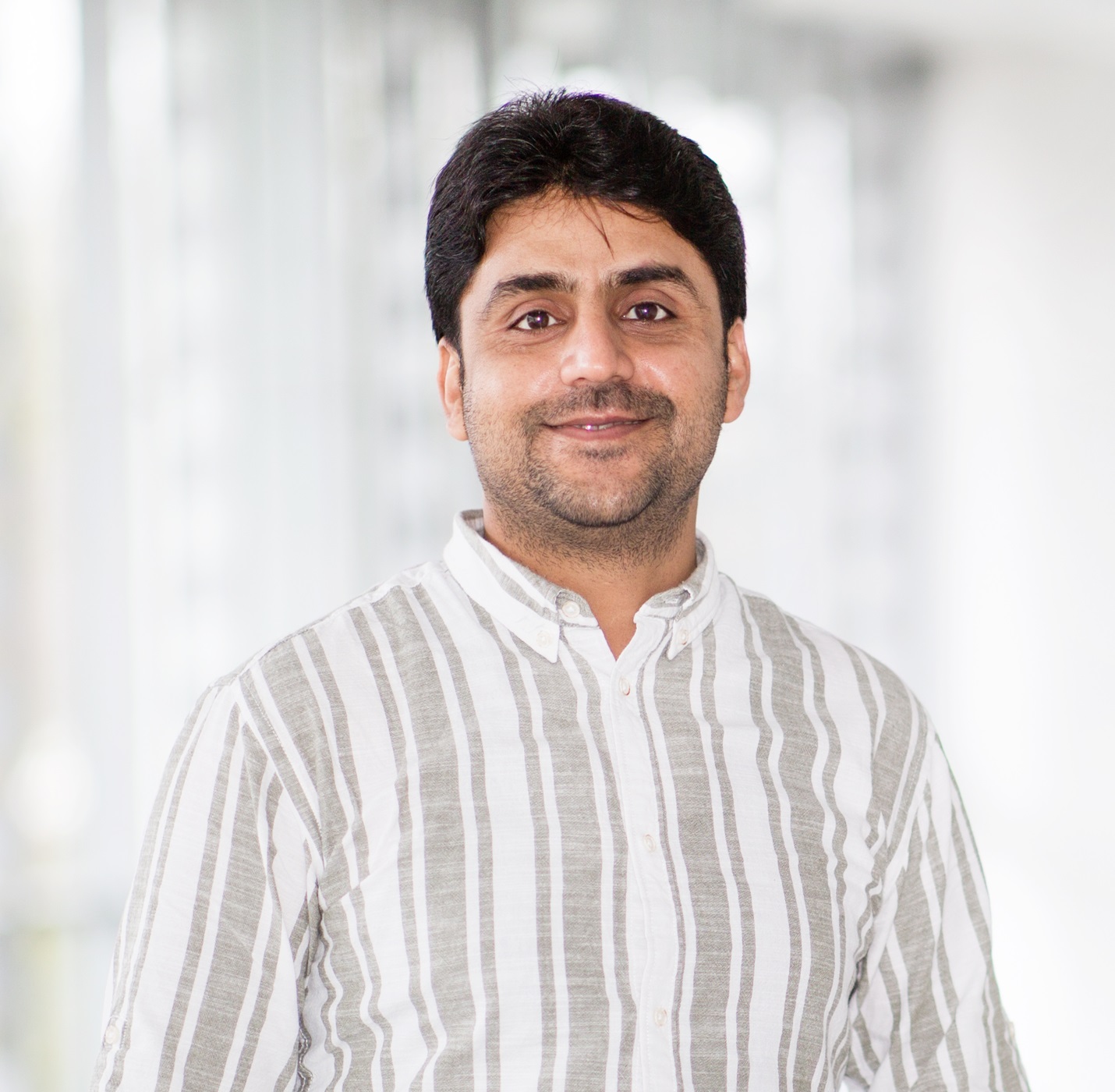
Genetically modified Auckland Island pigs as organ source for xenotransplantation
Asghar Ali1,2, Elisabeth Kemter1,2, Mayuko Kurome1,2, Valeri Zakhartchenko1,2, Barbara Kessler1,2, Andreas Hauser1, Paul L.J. Tan3, Olga Garkavenko3, Bruno Reichart4, Eckhard Wolf1,2.
1Chair for Molecular Animal Breeding and Biotechnology, Gene Center and Dept. of Veterinary Sciences, LMU Munich, Munich, Germany; 2Center for Innovative Medical Models (CiMM), LMU Munich, Munich, Germany; 3NZeno Limited, Auckland, New Zealand; 4Walter-Brendel-Center for Experimental Medicine, LMU Munich, Munich, Germany
Introduction: Successful pig-to-human organ xenotransplantation requires careful matching of donor and recipient organ sizes, elimination of potential porcine pathogen transmission, and appropriate genetic modifications in donor pigs to address cross-species molecular incompatibilities. Although various pig breeds and genetic strategies have been explored, challenges remain. Large breeds risk post-transplant organ overgrowth, while smaller breeds like Yucatan Minipigs show a higher incidence of cardiac abnormalities. Additionally, achieving stable, long-term expression of human transgenes in genetically modified (GM) pigs has proven difficult. Here, we introduce Auckland Island (AUCK) pigs as a naturally superior donor breed for xenotransplantation, alongside a gene-editing strategy designed to ensure optimal transgene expression.
Methods: Male and female AUCK pig kidney cells were imported from New Zealand, and a colony was established at the Center for Innovative Medical Models (CiMM), LMU Munich, via somatic cell nuclear transfer. We evaluated their body size, organ dimensions, growth patterns, cardiac function, and genetic diversity. Building on our consistent success with pig-to-baboon orthotopic heart transplantation using 3GM pigs, our genetic modification strategy for AUCK pigs focused on (a) introducing a minimal essential set of modifications (GGTA1-KO/hCD46-tg/hTHBD-tg) and (b) propagating source pigs through breeding rather than cloning.
Results: Cells used to generate the founder AUCK pigs at CiMM were selected to be free of porcine endogenous retrovirus C (PERV-C), ensuring that the Munich AUCK herd meets FDA regulatory requirements. Morphologically, AUCK pigs have a smaller body stature compared to many domestic breeds, making their organ dimensions well-suited for human transplantation. Echocardiographic assessments confirmed normal cardiac structure and function across various age groups. Single nucleotide polymorphism (SNP) analysis revealed that AUCK pigs exhibit higher runs of homozygosity (ROH) than other domestic breeds, including complete homozygosity across the swine leukocyte antigen (SLA) locus, simplifying potential strategies for addressing SLA-mediated xenograft rejection. To generate GM AUCK pigs, CRISPR-Cas9-based homology-directed repair (HDR) was used for targeted transgene insertion at the GGTA1 locus, employing a one-step knockin-knockout approach. Two GM AUCK lines were produced: 2GM males carrying GGTA1-KO and hCD46-tg, and 2GM females carrying GGTA1-KO and hTHBD-tg. Tissue expression analysis confirmed robust CD46 and THBD expression in GM pigs, particularly in endothelial cells. Breeding between these 2GM lines will generate 3GM pigs for preclinical trials in baboons.
Conclusion: Given their favorable physiological features, PERV-C-free status, and robust expression of human transgenes, Munich AUCK pigs might be superior donor animals for preclinical and future clinical studies.
Deutsche Forschungsgemeinschaft (CRC-TR 127). Swiss National Science Foundation (Sinergia grant CRSII5_198577/1). Leducq Foundation (23CVD01 “Xenogenic and exogenic pig organs for transplantation into humans”) .
[1] Auckland Island Pigs
[2] Genetic Engineering
[3] Targeted Integration
[4] Human CD46
[5] Human THBD